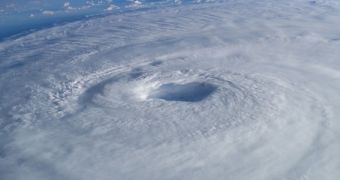New research showcased at the annual meeting of the American Association for the Advancement of Science, held in Chicago, appears to indicate that vulnerability to food shortages appears in a population affected by natural disasters more as a function of how well these groups are able to migrate and interact with other groups than as a function of the overall availability of resources.
The conclusion belongs to a team of investigators at the Arizona State University (ASU), led by archaeologist Margaret Nelson. The research was conducted on people in the US Southwest and the North Atlantic islands, who were affected by hurricanes, floods, or other extreme events over the past few years.
What sets this investigation apart from others is that it also took into account data spanning as far back as 600 AD. For the entire period, the team sought to discover the factors that played a role in the overall level of vulnerability populations experienced when it came to disasters ranging from extremely low temperatures to droughts.
“Population resource balance seems to contribute very little to vulnerability to food shortage. That was surprising to us,” commented Nelson, who holds an appointment as the President’s professor in the School of Human Evolution and Social Change with the ASU College of Liberal Arts and Sciences.

 14 DAY TRIAL //
14 DAY TRIAL //